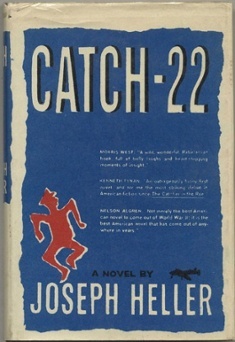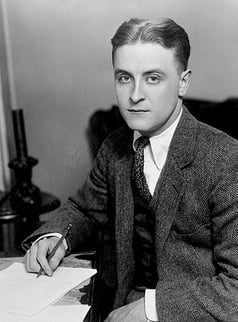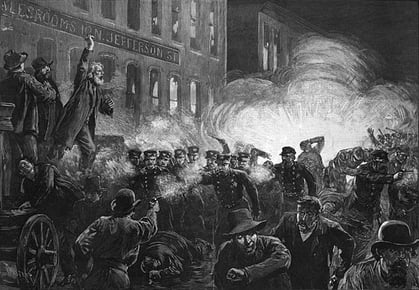For many bibliophiles, the month of May means the beginning of summer—longer days, warmer weather, and the unofficial start of “beach read” season. But May 1 packs a much more significant historical and cultural punch, the essence of which many authors have tried to capture in their stories and novels during the last 100 years.
May Day—also commonly referred to as International Workers Day—is recognized in the United States and Europe on May 1 to commemorate the Haymarket Riots in Chicago on May 4, 1886 where demonstrators clashed with police over the issues of workers’ rights, specifically the movement for a standardized 8-hour workday. The movement to mark May 1 as the official yearly recognition of the labor movement’s success began shortly after the Haymarket Riots and was championed by the Second International, a socialist labor party organization formed in Paris in 1889. May Day also coincides with an ancient European holiday celebrating the beginning of spring and is a national public holiday across many European countries.
As proven time and time again, great storytelling is often born of great conflict—whether internally in regards to the narrative itself, or externally in terms of the writer’s experiences in creating the story. To celebrate the struggle workers endured in advancing the 8-hour movement—8 hours of work, 8 hours of recreation, and 8 hours of rest—here are four examples of when May Day and literature collide.
John Sommerfield
A British writer and left-wing activist, Sommerfield is the author of the 1936 novel May Day which fictionalized a Communist uprising and takeover of London in the early 1930s. The novel was published by the Communist Party’s publishing house and is by far considered Sommerfield’s most important and significant work. Sommerfield, who was himself a self-proclaimed Communist, wrote for a number of Communist and socialist news publications throughout his career, including The Daily Worker. Sommerfield served during World War II and published several novels following May Day, including the well-received novel Trouble in Porter Street (1939) and the short story collection The Survivors (1947).
Joseph Heller
 Heller, famed American satirist and author of the seminal war novel Catch 22, was born on May Day in 1923. Heller’s classic absurdist tale chronicles the experiences of Captain John Yassarian, a bombardier during World War II who struggles to maintain his sanity in the chaos and mayhem of battle. The novel is typified by its use of third-person omniscient narration, non-linear plot, parallel story lines, and inventive use of time and language in creating a challenging, mind-bending reading experience. Heller himself served as a bombardier during World War II and culled some of the novel’s material from his own experience—at least some of the more conventional ones. Catch 22 was published in 1961, though Heller initially began writing the novel nearly eight years prior, and it has become a benchmark in literary satire and avant-garde technique.
Heller, famed American satirist and author of the seminal war novel Catch 22, was born on May Day in 1923. Heller’s classic absurdist tale chronicles the experiences of Captain John Yassarian, a bombardier during World War II who struggles to maintain his sanity in the chaos and mayhem of battle. The novel is typified by its use of third-person omniscient narration, non-linear plot, parallel story lines, and inventive use of time and language in creating a challenging, mind-bending reading experience. Heller himself served as a bombardier during World War II and culled some of the novel’s material from his own experience—at least some of the more conventional ones. Catch 22 was published in 1961, though Heller initially began writing the novel nearly eight years prior, and it has become a benchmark in literary satire and avant-garde technique.
F. Scott Fitzgerald’s "May Day"
 Author of such classics as Tender is the Night and The Great Gatsby, F. Scott Fitzgerald was also a master of the short story form, and he flexes his short story muscles most impressively in the 1920 story "May Day," originally published in the literary magazine Smart Set. The story of a group of Yale alumni preparing for a party in New York City is set against the backdrop of the May Day Riots of 1919 in Cleveland where two demonstrators were killed and nearly 40 injured. Though the short story is nearly novella length, Fitzgerald deftly and precisely deconstructs issues of class and society, hitting on many of the same themes he tackles in his novels. Fitzgerald is said to have based some of the story and its characters on actual people he knew and associated with during the early part of the Jazz Age in New York City.
Author of such classics as Tender is the Night and The Great Gatsby, F. Scott Fitzgerald was also a master of the short story form, and he flexes his short story muscles most impressively in the 1920 story "May Day," originally published in the literary magazine Smart Set. The story of a group of Yale alumni preparing for a party in New York City is set against the backdrop of the May Day Riots of 1919 in Cleveland where two demonstrators were killed and nearly 40 injured. Though the short story is nearly novella length, Fitzgerald deftly and precisely deconstructs issues of class and society, hitting on many of the same themes he tackles in his novels. Fitzgerald is said to have based some of the story and its characters on actual people he knew and associated with during the early part of the Jazz Age in New York City.
Incendiary
Published in 2005 by British writer Chris Cleave, the novel Incendiary centers around a May Day terrorist attack during a soccer match in the years following September 11. The novel is told in epistolary or letter-form to Osama bin Laden from the point of a view of a young mother whose husband and son were killed during the attack. Association with May Day aside, the novel is perhaps most famous for its eerie similarities to the plot of a series of terrorist bombings throughout London on July 7, 2005, the same day the novel was released. A film version of the novel was released in 2008 starring a number of well-known British and American actors, including Michelle Williams and Ewan McGregor.









